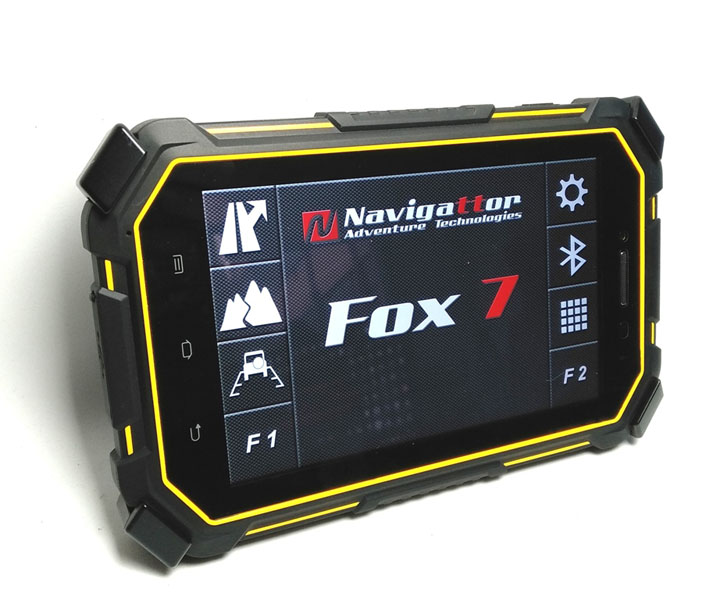 For this issue’s podcast we caught up Ferran Revoltos, owner of Navigattor, and developer of the Navigattor range of GPS Navigation products. We interviewed Ferran about his life, his travels and his company in the first episode of our new podcasting series.
For this issue’s podcast we caught up Ferran Revoltos, owner of Navigattor, and developer of the Navigattor range of GPS Navigation products. We interviewed Ferran about his life, his travels and his company in the first episode of our new podcasting series.
Ferran was born into a family where speaking foreign languages was common. His parents sent him to a French school where he was raised, then he also learned English, Italian and Portuguese, these in addition to his two mother languages, Catalan and Spanish. His father imported machinery from Great Britain, Germany, France, Italy, Sweden, Finland and more countries.

At his house , traveling around the world was an everyday matter. From a very young age he had visited France, England and Germany. Speaking several languages helped him a lot.
For business travel Ferran has also been to plenty of places, and although traveling for leisure is more attractive to him he says that business travel and working allows him to meet lots of people with other cultures and other needs. “Meeting those people is what really makes your life richer, but not necessarily your wallet .” he says.
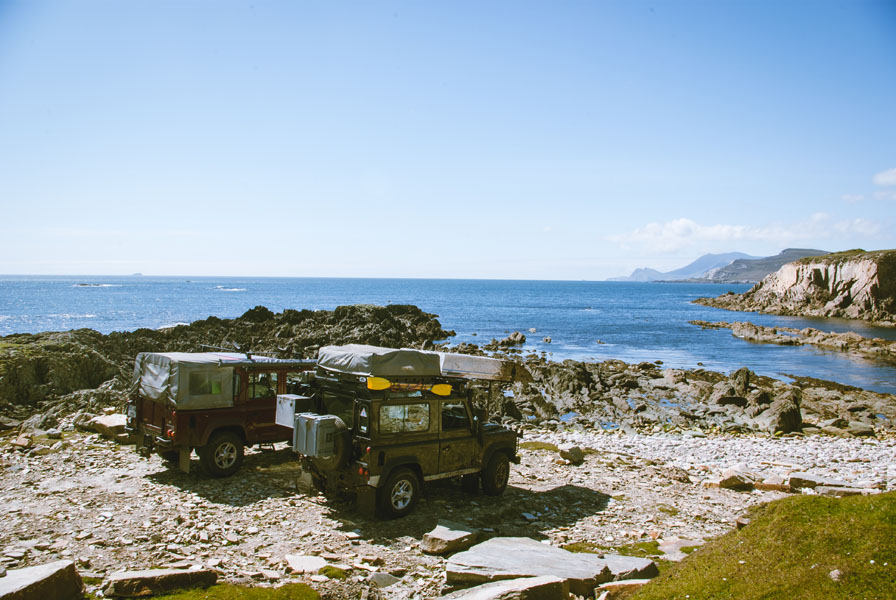
One of Ferran’s favourite recent trips was a crossing of the immensity of the Libyan deserts, where he drove for thousands of kilometers without coming across a soul, not even an animal. Ferran confesses to having a clear weakness for deserts, where the solitude and immensity can show ourselves how small and fragile we are in the scheme of the world.

We asked Ferran to explain the primary differences between on-road and Offroad navigation and what are some important differences to consider when planning an extensive off-road trip.
“All our devices can do both types of navigation. Two different software are installed, specifically dedicated.They only share the GPS receiver, the rest is done in two different ways.
A road navigation software normally takes you from an address into another, driving you straight right of left at each intersection. You only have to enter the destination address and adjust your preferences. Then just follow the instructions.
Normally, when you leave the tarmac, road navigation devices are not useful anymore.
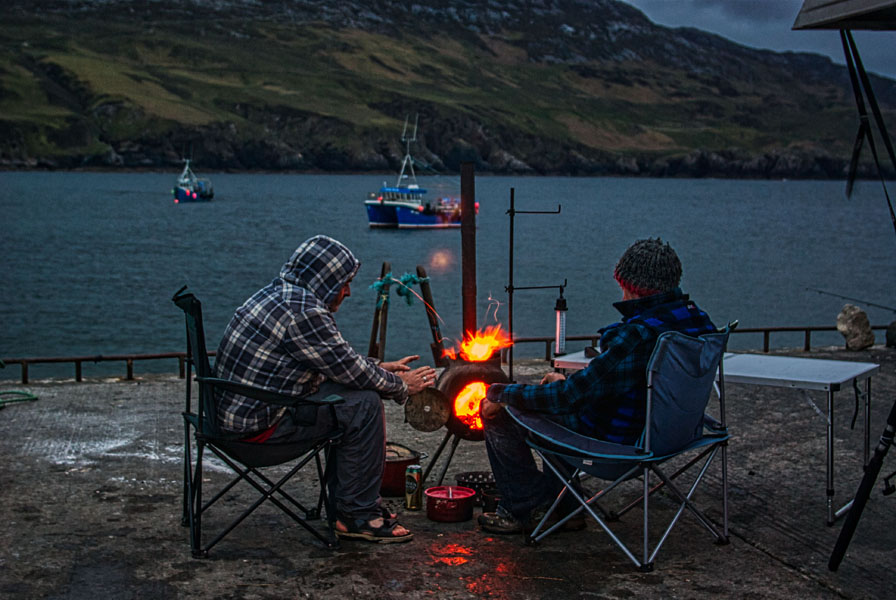
In the offroad field, you decide where to go. The GPS shows your position in a topographic map. You can see and register your path over the journey, this is called a track. Along the track you can mark individual points with a certain interest, called Way Points. It can be a crossroad, any intersection, a bridge, a tree, a green field , or a place to camp.
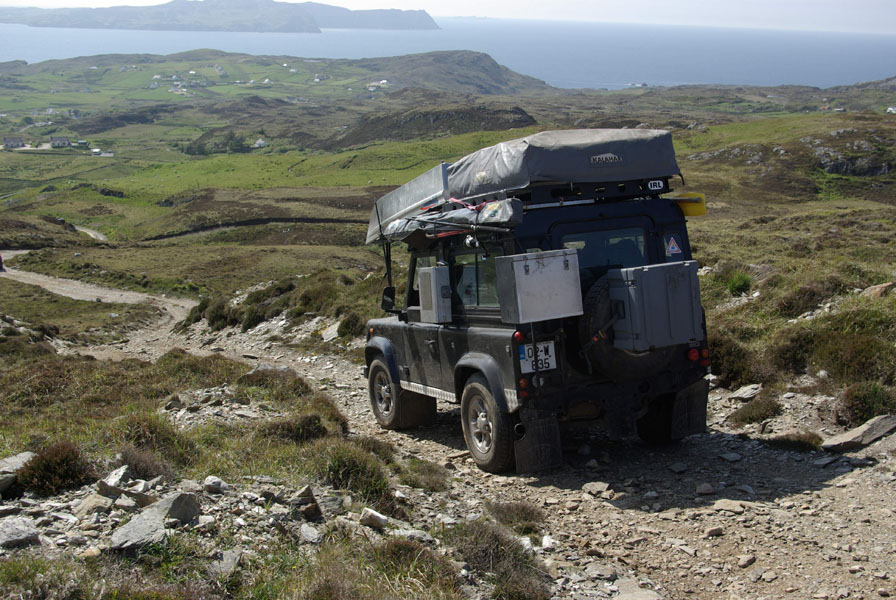
The aim of offroad navigation is to create a journey route even on places where there are no roads nor any signposts. Even in open spaces like the desert, where obviously there are no references at all. You can plan your trip, stage by stage, draw it on the map, mark the places where you want to go through, places to visit, camp. You can also import the path to follow,from other people’s systems, even if you have never been there yourself before.
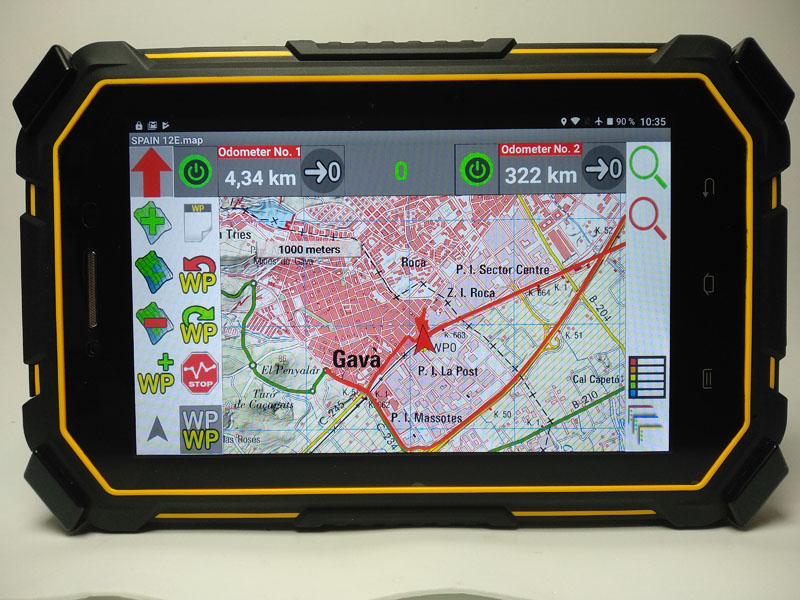

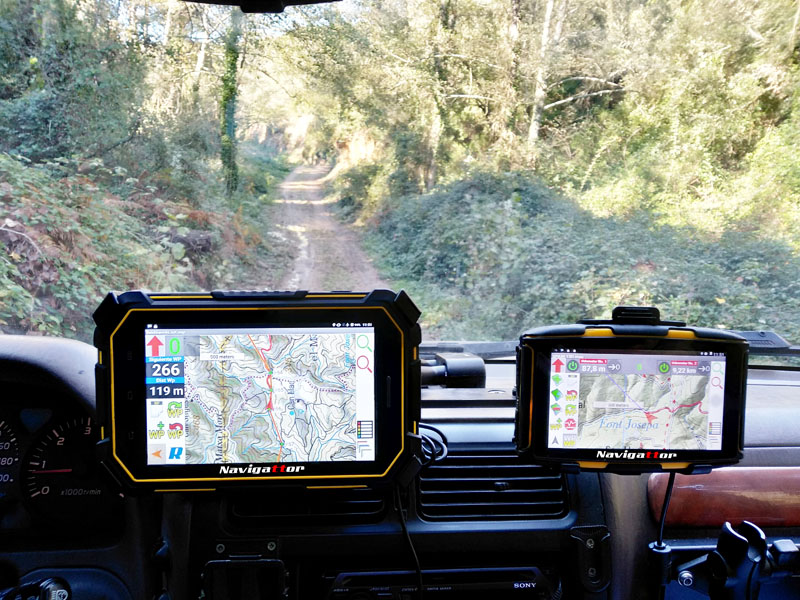
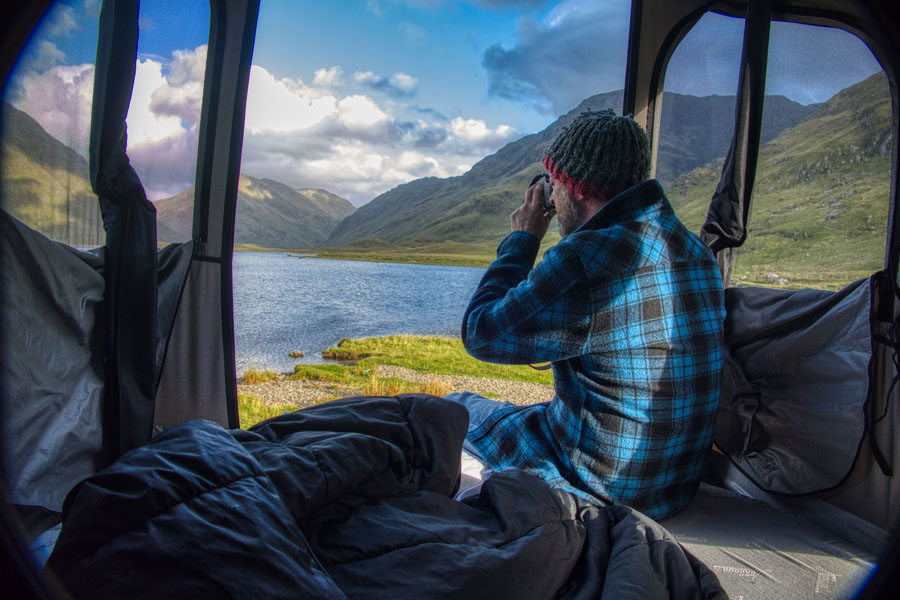
Knowing where you are, where you’ve been through and where you should go at any moment,helps to give you a self confidence and also the reference to eventually ask for help if help is needed. “
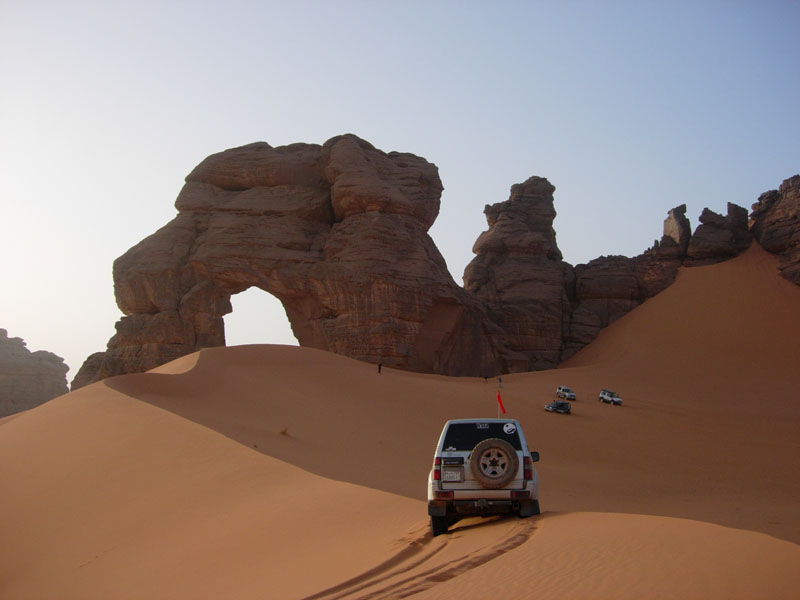
Listen to our podcast to learn more about Ferran and the history of his company, including some information about the company’s latest product, the ‘Fox 7 Navigator’ which is out now.

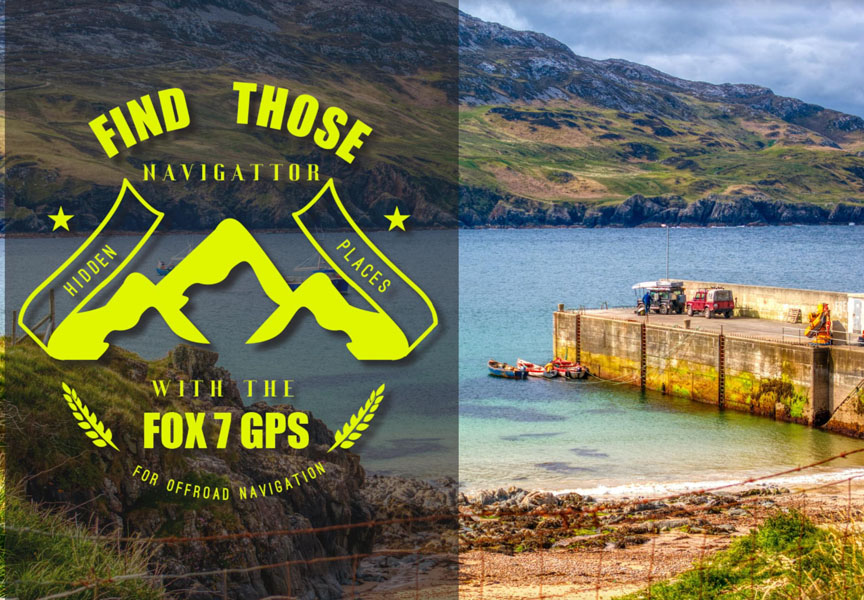


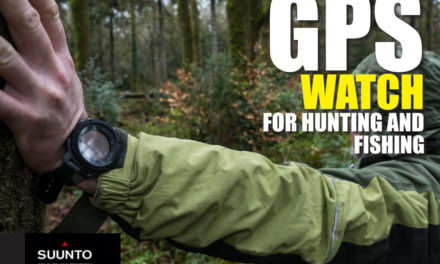
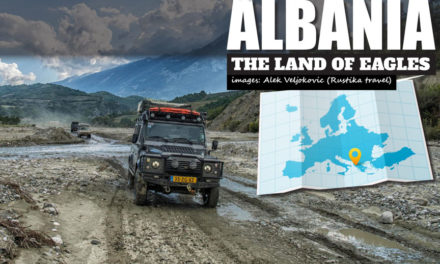

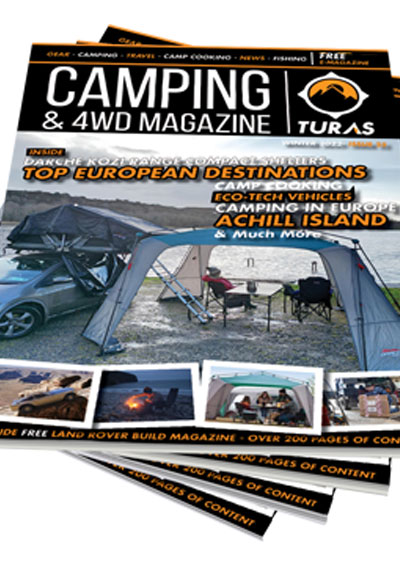

Recent Comments